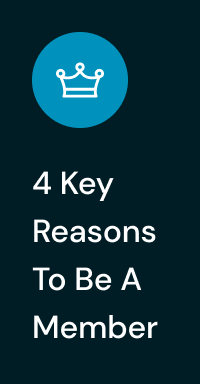From Novice to Pro
Discover the Best Tools & Resources at Your Fingertips

Software & Apps
There are a range of platforms available to investors. From portfolio tracking to tax reporting to fundamental & technical analysis, here’s a library of tools to help your investing journey.

Budgeting
Budgeting helps you to be in control of your money. By looking at money coming in and going out, you can direct your money where it matters most. A money plan lets you find ways to spend less and save more to achieve your money goals.

Books
Explore a wealth of resources to delve into the world of investing and effectively manage your investments! Join our ASA book club or peruse our curated list of books to build a solid foundation and kickstart your journey in the realm of investing.



